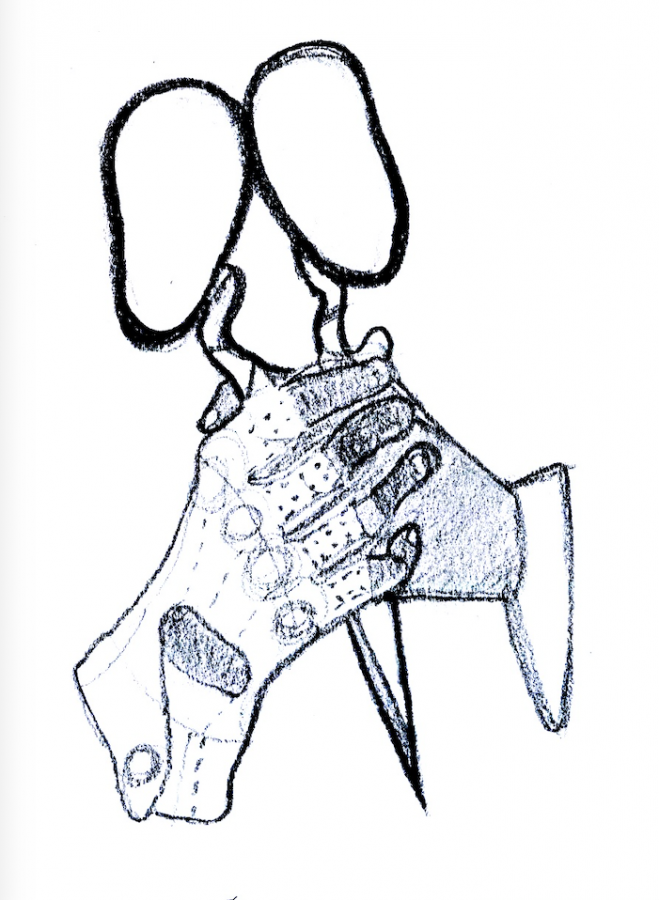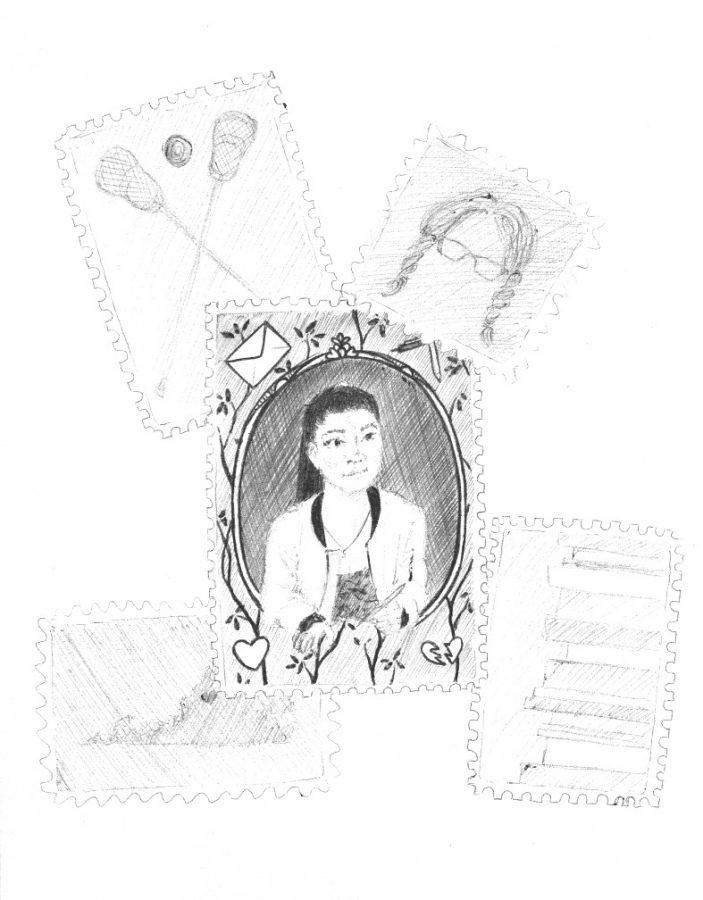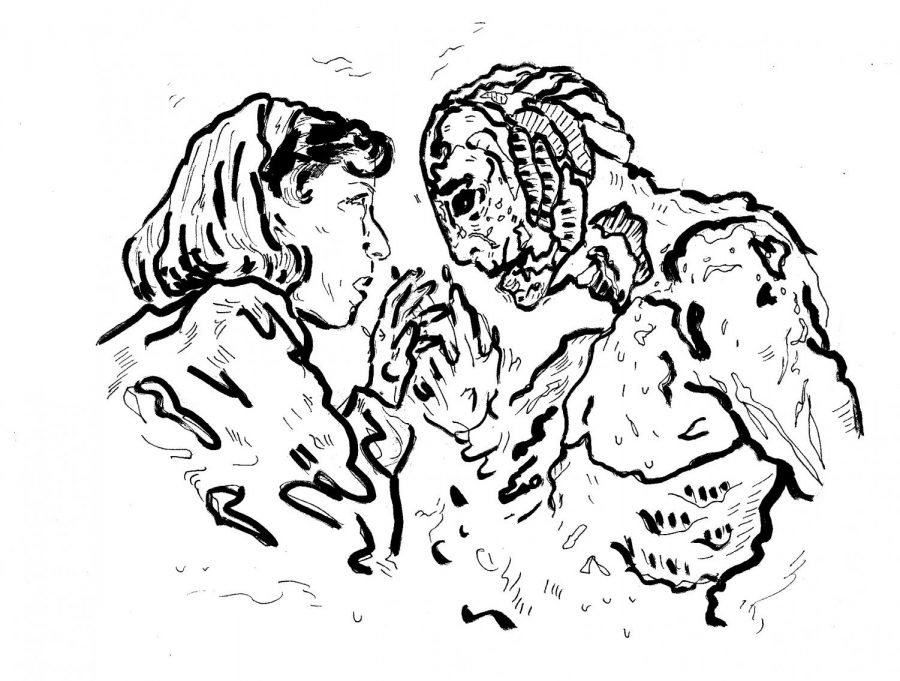Two weeks ago, Nathan Fisher wrote an article on the horror genre. While the piece was very interesting, I disagreed with a central aspect of it, defined in the title, that horror movies lack plot and that ultimately the story is sacrificed for cheap thrills. Horror does not necessitate a terrible story. Instead, horror movies thrive in the alternative they bring to the film industry.
Like other genres, many horror movies stem from novels. Stephen King has inspired “It,” “The Stand,” “Pet Sematary” and “The Shining.” These novels had to show promise; they had to show a good enough story to not only get published but also filmed.
As Nathan described in his article, horror movies focus chiefly on fear. This, however, does not mean story falls to the wayside. In fact, story remains a much larger focus in horror movies than other genres. The story is what makes the audience experience fear. A scary movie is not a haunted house; nothing happens at random. Suspension builds and events lead to an ultimate and often gruesome climax.
What scares an audience one time may not work in another film. Because of this, horror movies are constantly evolving. Different techniques emerge, like the use of handheld camera. The first handheld camera film to gain momentum was “The Blair Witch Project.” This led to found-footage films like “Paranormal Activity” and, in other genres, “Project X” and “End of Watch.”
While this seems to have nothing to do with plot, this technique actually advances the story. It adds an element of isolation and realism. Additionally, found-footage movies end with the dark realization that this movie was found, leaving unanswered questions about who actually found it. “Cloverfield” ends without a resolution. The bridge collapses on the two protagonists, and then it flashes back to a satellite falling from the sky. At the end of the credits, a transmission, when played backward, says, “It’s still alive.”
Furthermore, the horror genre consists of so many different sub-genres to align with the plethora of fears. There are movies with demons, ghosts, spiders, monsters and more. Others are psychological, some are centered around loss, and still others stem from books. Then another category popped up, which spoofs elements of horror while trying to remain in that same genre: “Scream” and “Cabin in the Woods.”
Most importantly, horror movies are messy, not just in blood and destruction but in the characters and in the endings. They end badly and they end in death. Other than those films made by Tarantino, Scorsese and a select few directors, most blockbuster hits stay clean, PG-13 and end in resolution.
Horror movies provide an alternative to these feel-good, everything-is-OK movies like Marvel superhero franchises, “Lord of the Rings,” “Star Wars” and “Pirates of the Caribbean” that only just encroach on the darkness of humankind. In contrast, horror movies delve deeply into the dark side of human life. They explore insanity, homicide, rape, torture, hatred, depravity, the demonic side of religion and the harsh unforgiving nature of the environment. These all lie outside of Hollywood’s typical repertoire.
So many horror classics offer darkness to accompany Hollywood’s lightness. And they do this in an exciting, novel and complicated way. Their stories mean much more than violence, guts and bloody murder, and they are not so easily dismissed as ludicrous. If viewed in a certain light, they cast a shadow darker and more pronounced than any other genre.















